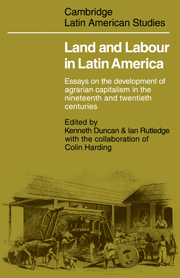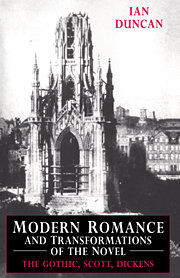With the publication of Ivanhoe (December 1819, dated 1820), the career of ‘the Author of Waverley’ took a well-noted turn. The turn was topical, from the recent past of modern Scottish history, ‘sixty years since’ (the subtitle of Scott's first novel, Waverley), to the remote past of medieval England, six hundred years since. It was also technical, from a realism that modelled ‘the objective dialectical framework of a particular historical crisis’, according to Georg Lukács's influential account of ‘the classical form of the historical novel’, to an antiquarian and ecphrastic rendition of period forms – from effects of historical depth, in other words, to effects of surface. In a ‘succession of brilliant pictures, addressed as often to the eye as to the imagination’, Ivanhoe transports its readers ‘from the reign of nature and reality, to that of fancy and romance’, wrote Francis Jeffrey; Scott's novel glitters with ‘splendid descriptions of arms and dresses—moated and massive castles—tournaments of mailed champions—solemn feasts—formal courtesies, and other matters of external and visible presentment’. Other reviewers concurred, some dismissively: ‘The costume which the actors have borrowed from ancient times, is perceived to be the only thing which claims affinity with reality’, until ‘no other impression is left on the mind, than that of a pageant or a masquerade’.
Recent commentary develops the theme. Writing on Ivanhoe, Ina Ferris links Scott's ‘unprecedented mobilization of reading's powers of visualization’ with a contemporary vogue for the scientific explanation of apparitions, as effects of psychosomatic disorder (hallucinations) or optical technology (mirrors, lenses). Like those phenomena, on the uncanny interface between the visible and the visionary, Scott's fiction ‘inhabits the equivocal zone of “appearing”: at once a manifestation and a simulacrum’. Scaled for at-home consumption, historical romance became a portable analogue of the visual-media displays and devices that proliferated through the 1820s, like the ‘Phantasmagoria Lantern’ discussed by Phillip Roberts in Chapter 4 of this volume. Other critics refer such effects to the increasing theatricalisation of political life in public spectacles and ceremonies, like the neo-Elizabethan pomp of George IV's coronation in 1820 (‘a gigantic fancy-dress pageant on the theme of the Faerie Queen, in which George IV played the part of a male Gloriana’) and the tartan-clad, retro-Jacobite pageantry Scott himself designed for the king's visit to Scotland in 1822.

